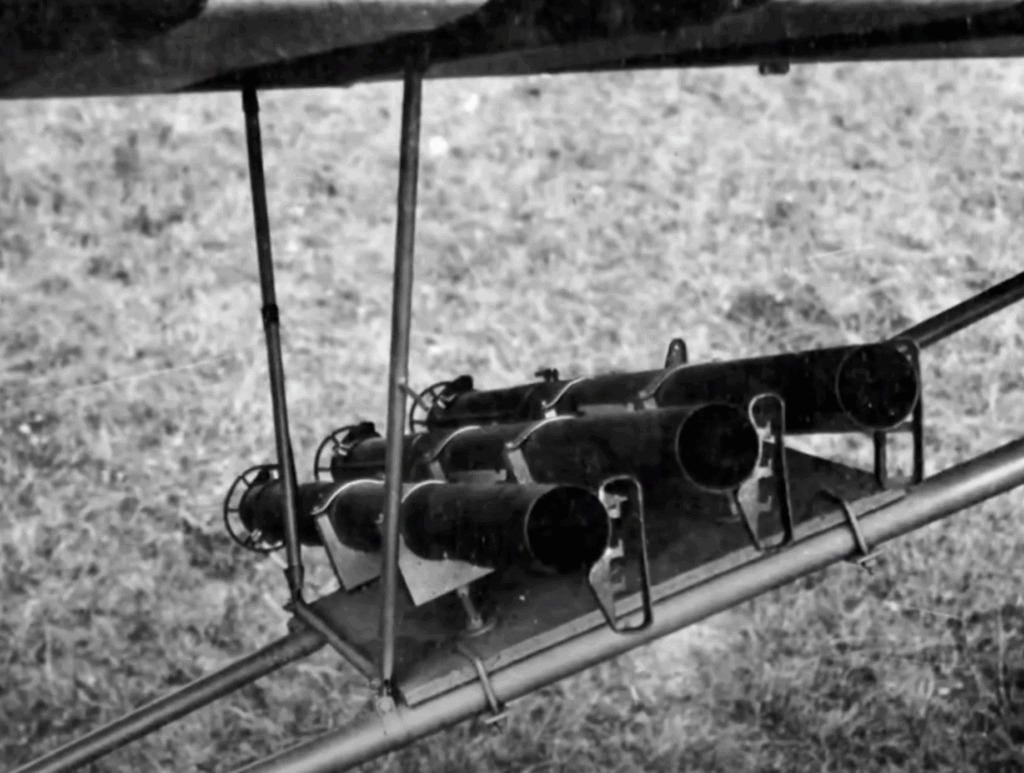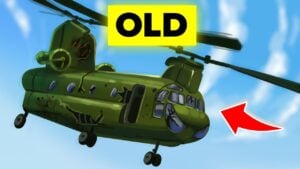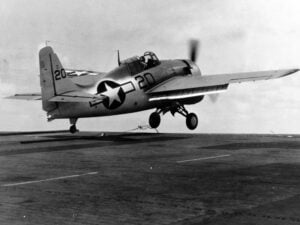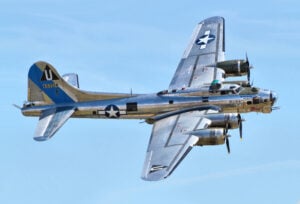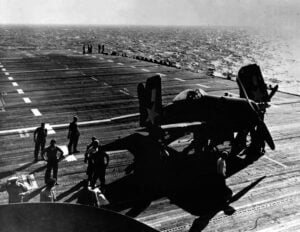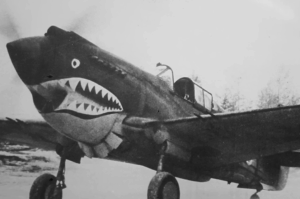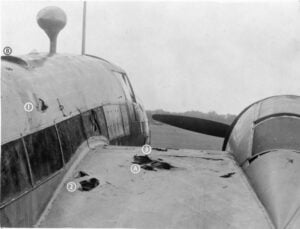The WWII Pilot Who Led a Tank Charge With a Bazooka and Took Down Panthers from the Sky
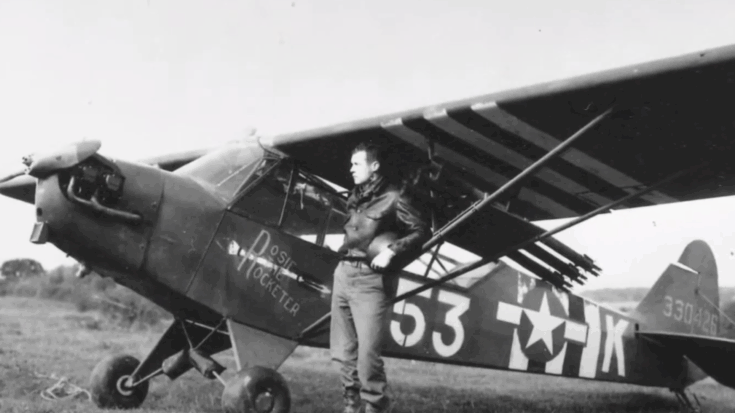
DroneScapes / YouTube
A New Kind of Officer
In July 1944, Major Charles Carpenter flew back from a spotting mission over Normandy. His aircraft, a Piper L-4 Grasshopper, had served as a flying observation post for artillery. But once he landed, an urgent order sent him driving toward the front lines to search for a possible airstrip. His unusual aircraft—soon to be fitted with bazookas—was not yet ready for battle.
Speeding through the countryside in a jeep, Carpenter approached Avranches and saw a group of five Sherman tanks moving backward under fire. He was puzzled. For days he had been flying over this region and had not seen German forces capable of launching such a push. The situation didn’t add up.
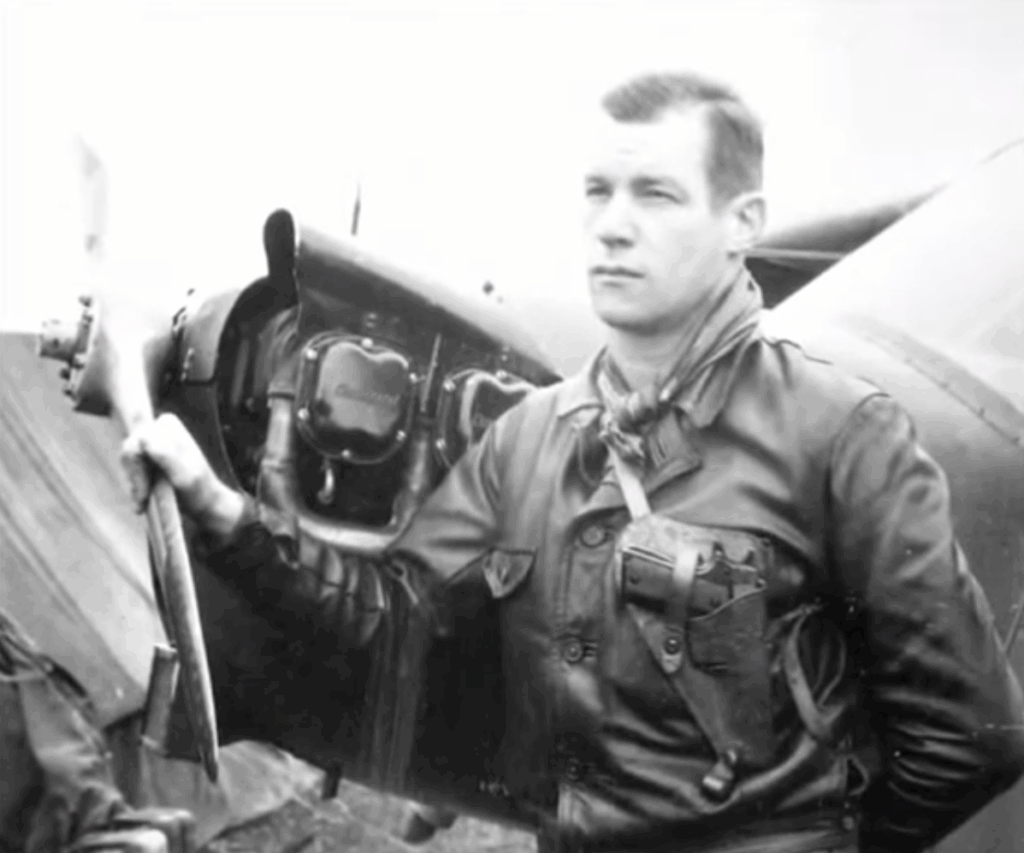
Frontline Improvisation
Driving closer, Carpenter found American infantry sheltering in a ditch. They had tried to take a nearby town but met overwhelming German resistance. The report was alarming: several machine gun nests and artillery pieces were pinning them down. Carpenter doubted the enemy force was as large as reported. He decided to act.
Without hesitation, he ran toward the nearest Sherman tank, climbed onto it, and grabbed the .50-caliber machine gun. The tank commander was shocked. Carpenter explained he had flown above the enemy positions and believed the resistance was not as strong as it seemed. When the tank crews hesitated, he threatened to fire if they didn’t move. Reluctantly, they followed his lead.
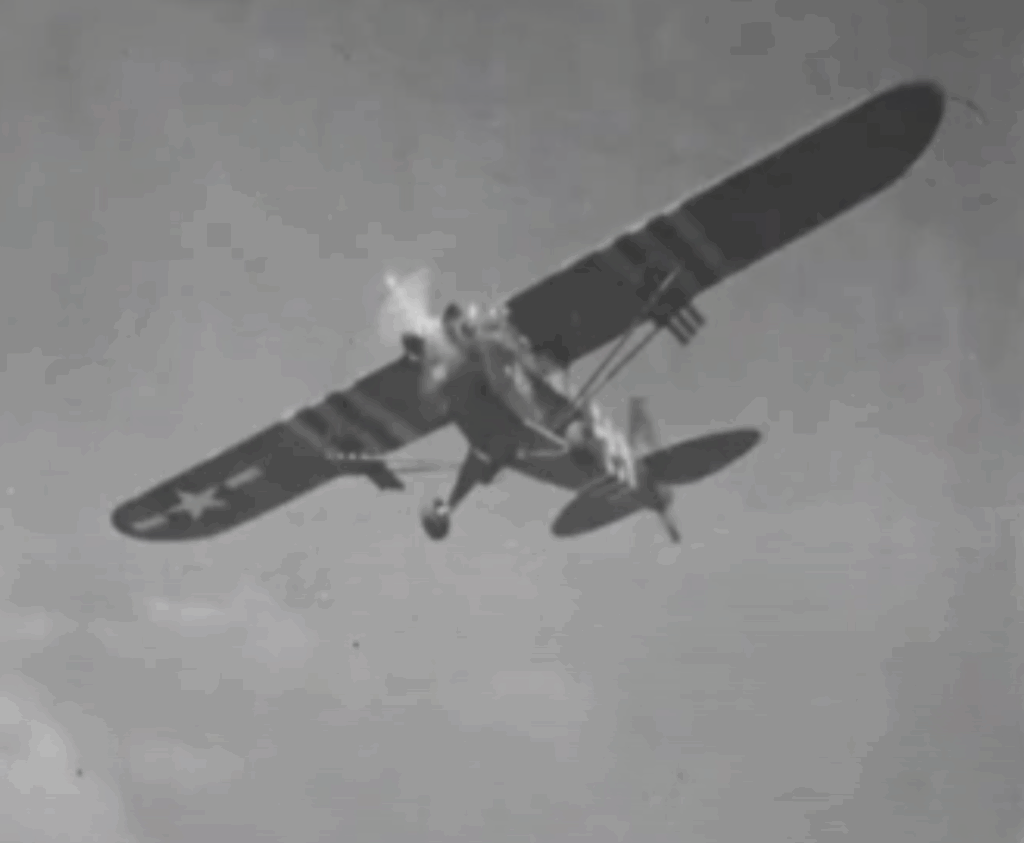
Crossing the Bridge
The Shermans advanced toward the bridge leading into town. German machine guns opened up, striking the tanks with small arms fire. Carpenter fired back with the mounted Browning, suppressing the defenders. Inside the tank, the crew aimed their main gun at the enemy position. A high-explosive shell landed a direct hit, sending German soldiers fleeing.
Carpenter was shaken by the blast but continued firing to keep enemy heads down. The Sherman’s cannon fired again and destroyed another machine gun nest. Carpenter called for the tanks to push forward. They rolled onto the bridge and into the town, engaging enemy positions along the streets.
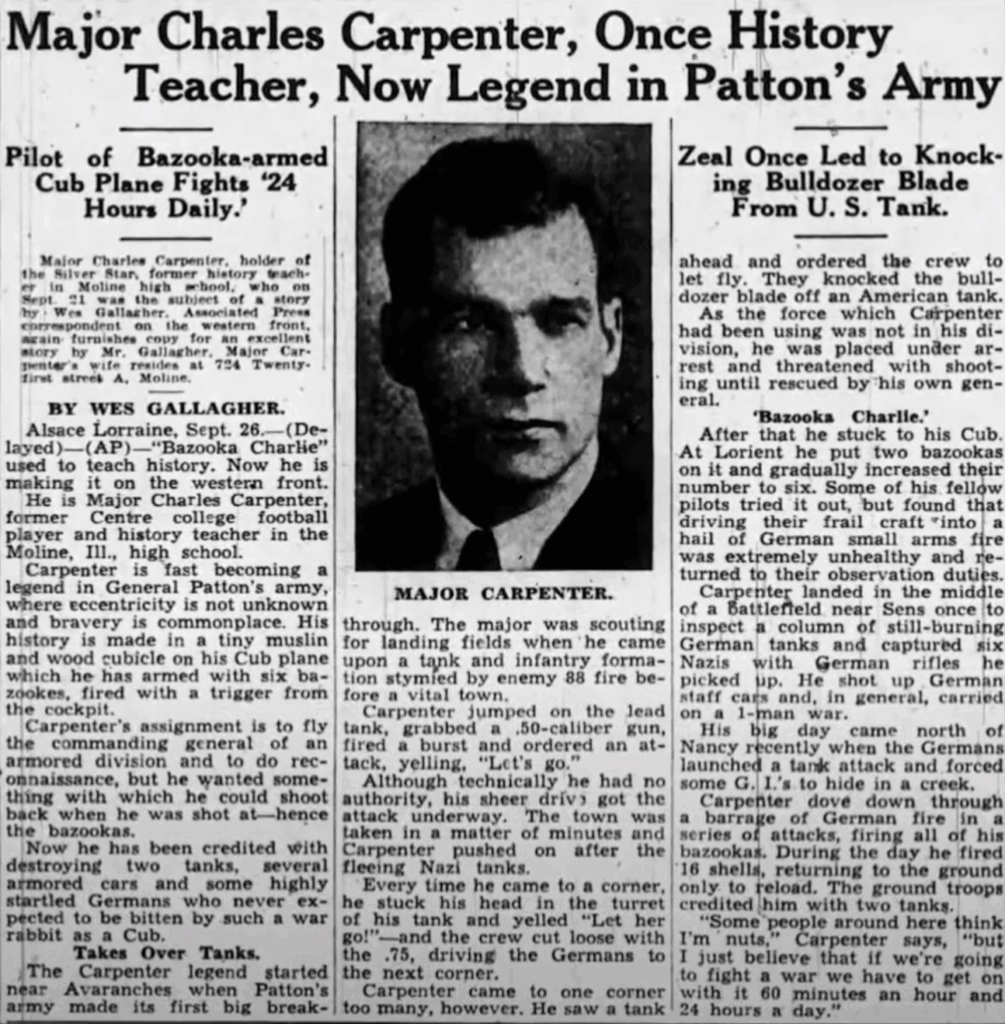
The Wrong Target
Now leading the armored platoon, Carpenter issued orders as they cleared the town. At one point, he mistook a friendly Sherman tank for an enemy vehicle and shouted for the gunner to fire. Before he could correct the mistake, a round was already in the air. The shell struck the front plow of the bulldozer tank, causing no casualties. But the error shook him.
The fight ended shortly afterward. The American tanks had taken the town, and Carpenter was arrested by the unit’s commander for nearly causing a friendly fire disaster. He was taken to a military prison and faced a possible court-martial. However, General George Patton intervened, praising his courage and ordering that he receive a Silver Star.
Rosie the Rocketer
By September, Carpenter had outfitted his Grasshopper with six bazookas mounted under the wings. He named the aircraft Rosie the Rocketer. When German armored units launched a counterattack near Arracourt, Carpenter was already in the air. Heavy fog covered the ground, but when it cleared, he spotted German Panthers moving toward Allied headquarters.
Diving nearly vertically, he fired two rockets, missing the first tank. German troops opened fire, piercing his fabric-covered wings. Undeterred, he lined up again, fired, and scored a hit. The Panther was knocked out, flames rising from its hatches as the crew fled.
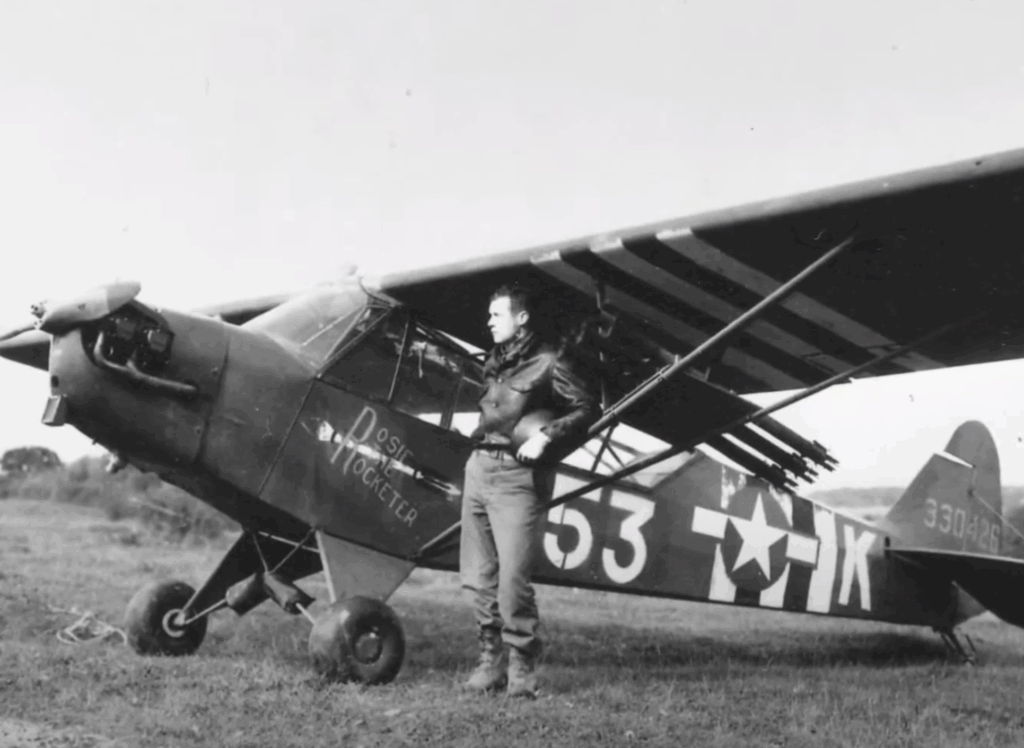
Flying Fire Support
He continued his runs, targeting German half-tracks and another Panther. Each time he returned to base, he reloaded and flew back. On one pass, he saw four American Hellcats about to be ambushed by Panzer IVs. He fired a salvo of rockets that exposed the German position. Thanks to his warning, the American tank destroyers were able to turn and stop the threat.
Later that night, six American soldiers, previously trapped during the attack, made it back to safety. They reported what they had witnessed: a small spotter plane launching rocket attacks and changing the course of battle.
Legacy in the Sky
After the war, Carpenter’s plane was sold as surplus and lost to history—until 2017. Aviation historian Joe Scheil discovered the aircraft in an Austrian museum, repainted and unrecognized. It was brought back to the U.S. and restored by the Collings Foundation. Today, Rosie the Rocketer is fully flight-worthy and on display at the American Heritage Museum.
The original nose art was completed by Carpenter’s granddaughter.
